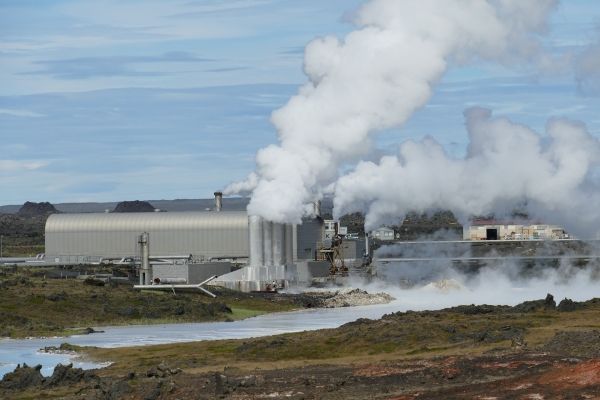A river of hot water flows some 3,000 feet beneath Boise, Idaho. And since 1983 the city has been using that water to directly heat homes, businesses, and institutions, including the four floors of city hall — all told, about a third of the downtown. It’s the largest geothermal heating system in the country.
Boise didn’t need to drill to access the resource. The 177-degree Fahrenheit water rises to the surface in a geological fault in the foothills outside of town.
It’s a renewable energy dream. Heating the 6 million square feet in the geothermally warmed buildings costs about $1,000 a month for the electricity to pump it. (The total annual cost for depreciation, maintenance, personnel, and repair of the city’s district heating system is about $750,000.)
“We’re heating 92 of the biggest buildings in the city of Boise,” said Jon Gunnarson, the city’s geothermal coordinator. “The buildings strip heat, collect it, and run it to an injection well. We use it once and reinject it and use it again.”
Read more at: YaleEnvironment 360
Photo Credit: falco via Pixabay


